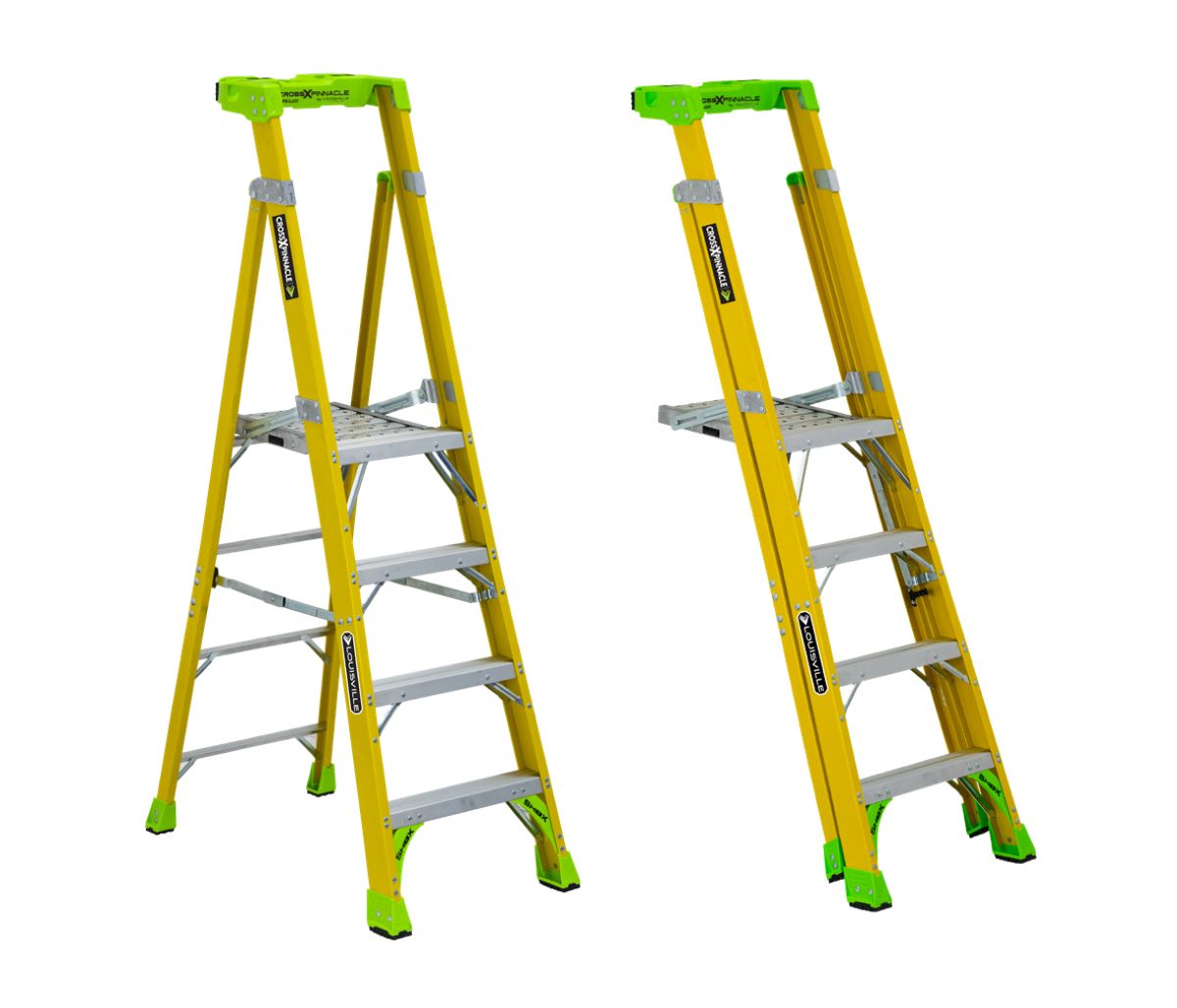

Articles
How To Set Up A Louiseville Ladder
Modified: October 31, 2024
Learn how to articles from Louiseville Ladder. Gain valuable insights and expert tips on various ladder-related topics to enhance your safety and efficiency.
(Many of the links in this article redirect to a specific reviewed product. Your purchase of these products through affiliate links helps to generate commission for Storables.com, at no extra cost. Learn more)
Introduction
Welcome to the world of ladders! Whether you’re a professional contractor or a DIY enthusiast, having the right ladder and knowing how to use it safely is essential for various tasks. From reaching high shelves to painting walls, a ladder is a versatile tool that can make your life easier and more efficient.
In this article, we will guide you through the process of choosing the right ladder, inspecting it for safety, setting it up correctly, climbing it safely, and storing and maintaining it properly. By following these steps, you will not only ensure your own safety but also prolong the lifespan of your ladder, allowing you to tackle various projects with confidence.
So, let’s dive into the world of ladders and learn how to navigate it like a pro!
Key Takeaways:
- Choose the right ladder by considering type, height, weight capacity, material, and safety features. This ensures efficiency, safety, and comfort for various tasks.
- Inspect, set up, climb, and maintain your ladder with care to ensure safety, longevity, and reliable performance for all your projects.
Read more: How To Set Up Ladder Stand
Step 1: Choosing the Right Ladder
Before you make your ladder selection, it’s important to consider the specific tasks you will be using it for. Different types of ladders are designed for different purposes, and choosing the right ladder will ensure efficiency, safety, and comfort.
Here are some factors to consider when choosing the right ladder:
- Ladder Type: There are various types of ladders available, including step ladders, extension ladders, platform ladders, and multipurpose ladders. Each type has its own unique features and is suitable for specific tasks. For example, step ladders are ideal for indoor household tasks, while extension ladders are great for reaching high areas.
- Ladder Height: Consider the maximum height you need to reach. Ladders are available in different heights, and it’s essential to choose one that will allow you to safely reach your desired location. Remember that it’s always better to choose a ladder that is slightly taller than what you think you need.
- Ladder Weight Capacity: Check the weight capacity of the ladder to ensure it can safely support your weight and any additional tools or equipment you may be carrying. Always choose a ladder with a higher weight capacity than your own weight to account for any unexpected circumstances.
- Ladder Material: Ladders are made from various materials, including aluminum, fiberglass, and wood. Each material has its own advantages and considerations. Aluminum ladders are lightweight and durable, while fiberglass ladders are non-conductive and safe for electrical work.
- Ladder Safety Features: Look for ladders with safety features such as non-slip steps, stabilizing features, and secure locking mechanisms. These features will enhance your safety while using the ladder and minimize the risk of accidents.
By considering these factors and evaluating your specific needs, you can choose a ladder that is appropriate for your tasks and provides the necessary safety and functionality.
Step 2: Inspecting the Ladder
Before each use, it’s crucial to inspect your ladder to ensure it is in proper working condition and free from any defects or damage. Regular inspections are necessary to maintain ladder safety and prevent accidents. Here’s a step-by-step guide to inspecting your ladder:
- Check for Visible Damage: Examine the ladder for any visible signs of damage, such as cracks, dents, or bent rungs. If you notice any damage, do not use the ladder and consider repairing or replacing it.
- Inspect the Rungs and Steps: Carefully inspect each rung or step for any signs of wear, loose fittings, or slippery surfaces. Ensure that the steps are firmly attached and there are no missing or damaged parts.
- Test the Locking Mechanisms: If your ladder has any locking mechanisms, such as spreader bars or extension locks, test them to ensure they are functioning properly. Make sure they lock securely in place and do not show any signs of wear or looseness.
- Check the Feet: Inspect the ladder’s feet or base for any wear, damage, or missing rubber grips. The rubber grips provide stability and prevent the ladder from slipping on smooth surfaces. If any rubber grips are missing or damaged, replace them before using the ladder.
- Inspect the Rails and Side Rails: Carefully examine the ladder’s rails and side rails for any cracks, dents, or other signs of damage. These components provide support and stability while climbing, so it’s essential to ensure they are in good condition.
- Verify Stickers and Labels: Check for any important safety stickers, warning labels, or load capacity information on the ladder. Ensure that they are legible and intact. These labels provide crucial information about the ladder’s safe usage and weight limits.
If you find any issues during the inspection, it’s important to address them before using the ladder. Minor repairs can often be done yourself, but for major damages, it may be necessary to consult a professional or consider replacing the ladder altogether. Your safety should be the top priority, so never take chances with a damaged ladder.
Step 3: Setting up the Ladder
Properly setting up your ladder is crucial to ensure stability and safety while working at heights. Here are the essential steps to follow when setting up your ladder:
- Choose a Stable Surface: Select a flat and stable surface for placing your ladder. Avoid uneven or slippery surfaces that could cause the ladder to wobble or slide. If necessary, use a ladder stabilizer or level the ground to create a secure base.
- Ensure Proper Angle: Position the ladder at the correct angle to achieve maximum stability. One popular guideline is the 4-to-1 ratio, which means for every 4 feet of ladder height, the base should be positioned 1 foot away from the wall or supporting structure.
- Extend Extension Ladders Correctly: If you’re using an extension ladder, make sure to extend it properly. Start by ensuring that the ladder locks or rung locks are engaged securely. Avoid overextending the ladder beyond its recommended height.
- Secure the Ladder: Once you have positioned the ladder, secure it to prevent any accidental movement. You can use ladder stabilizers, anti-slip feet, or rope to tie the ladder to a secure anchor point. Always follow the manufacturer’s instructions for securing the ladder.
- Avoid Obstructions: Before climbing the ladder, check for any obstructions or hazards in the surrounding area. Make sure there are no power lines, tree branches, or other objects that could interfere with your work or pose a safety risk. Clear the area as necessary.
Once you have set up the ladder properly, give it a gentle shake or test to ensure stability. If the ladder feels wobbly or insecure, reposition it or add additional support to improve stability. Your safety should always be the top priority, so never compromise on ladder setup.
When setting up a Louiseville ladder, always make sure the ladder is on a stable and level surface to prevent any accidents or falls.
Step 4: Climbing the Ladder Safely
Now that you have chosen the right ladder, inspected it for safety, and set it up correctly, it’s time to climb the ladder safely. Climbing a ladder may seem simple, but it’s important to follow proper techniques to minimize the risk of accidents and injuries. Here are some guidelines to keep in mind:
- Face the Ladder: Always face the ladder while climbing and descending. Maintain a firm grip on the ladder with both hands, utilizing the ladder’s rungs or side rails for support.
- Use Three Points of Contact: Maintain at least three points of contact with the ladder at all times. This means having either two hands and one foot or two feet and one hand on the ladder. This helps to maintain balance and stability.
- Ascend and Descend Carefully: Take one step at a time while climbing up or down the ladder. Avoid skipping steps or making sudden movements that could throw off your balance. Ensure that each step is secure before shifting your weight onto it.
- Keep Your Center of Gravity: Maintain your body’s center of gravity between the ladder’s side rails. Do not lean too far to either side as it can lead to instability. If you need to reach further, descend and reposition the ladder instead of overreaching.
- Avoid Carrying Heavy Loads: Whenever possible, avoid carrying heavy tools or equipment while climbing the ladder. Use a tool belt or a pulley system to lift items to your desired height. Carrying heavy loads can throw off your balance and increase the risk of falling.
- Do Not Stand on the Top Rung or Platform: Avoid standing on the top rung or platform of the ladder, as it can make the ladder unstable. Ensure you maintain at least three rungs or steps above your standing position to provide a secure grip.
- Stay Alert and Focused: While on the ladder, stay focused on your task and be aware of your surroundings. Avoid distractions and do not attempt to use the ladder if you’re feeling tired, dizzy, or under the influence of drugs or alcohol.
By following these safety guidelines and using common sense, you can ensure a safe and secure climb on the ladder. Remember, ladder accidents can happen in a split second, so it’s important to take the necessary precautions.
Read more: How To Properly Set Up A Ladder
Step 5: Storing and Maintaining the Ladder
Proper storage and maintenance of your ladder are essential to prolong its lifespan and ensure its continued safety. Neglecting these aspects can lead to damage or deterioration of the ladder, increasing the risk of accidents. Follow these tips to store and maintain your ladder effectively:
- Choose a Suitable Storage Location: Select a storage area that is dry, away from extreme temperatures, and protected from direct sunlight. Moisture and temperature fluctuations can cause damage to the ladder materials over time.
- Keep it Clean: Regularly clean your ladder, especially if it has been exposed to dirt, dust, or debris. Use a soft cloth or a brush to remove any accumulated grime. Avoid using harsh chemicals or abrasive cleaners that can damage the ladder’s surface.
- Inspect for Damage: Routinely inspect your ladder for any signs of damage, such as cracks, loose fittings, or bent rungs. Address any issues immediately and make necessary repairs to ensure the ladder remains in good working condition.
- Store Horizontally or Vertically: Depending on the ladder type, store it horizontally or vertically to minimize strain on the ladder structure. Check the manufacturer’s guidelines for the recommended storage position.
- Avoid Excessive Weight: Do not place heavy objects or stack other items on top of the ladder during storage. Excessive weight can damage the ladder and compromise its integrity.
- Secure Moving Parts: If your ladder has any moving parts, such as extension locks or hinges, make sure they are lubricated regularly to prevent rust and ensure smooth operation. Follow the manufacturer’s recommendations for the appropriate lubricant to use.
- Retain Instruction Manual: Keep the ladder’s instruction manual in a safe place for future reference. It contains vital information about the ladder’s setup, usage, and maintenance, and can provide valuable guidance when needed.
By following these storage and maintenance practices, you can extend the lifespan of your ladder and keep it in optimal working condition. Regularly inspecting and addressing any issues will help ensure your safety each time you use the ladder.
Conclusion
Congratulations! You have now learned the essential steps for choosing, inspecting, setting up, climbing, and maintaining a ladder safely. By following these guidelines, you can minimize the risk of accidents and maximize your productivity when working at heights.
Remember, safety should always be your top priority when using a ladder. Take your time to choose the right ladder for your specific needs, inspect it thoroughly before each use, and set it up correctly on a stable surface. Climbing the ladder safely and maintaining it properly will ensure its longevity and your continued safety.
Always be mindful of the proper climbing techniques, such as maintaining three points of contact, avoiding overreaching, and using caution when carrying items. Maintaining focus and awareness while on the ladder is crucial to prevent accidents.
Lastly, storing your ladder in a suitable location and regularly inspecting and cleaning it will help maintain its quality and ensure its reliable performance for years to come.
Now that you have acquired the necessary knowledge and skills, go ahead and confidently tackle your projects with your newfound ladder expertise. Whether it’s fixing a light bulb, painting a room, or reaching high shelves, you can now approach these tasks safely and efficiently.
Stay safe, happy climbing, and may your ladder journeys always lead you to new heights!
Frequently Asked Questions about How To Set Up A Louiseville Ladder
Was this page helpful?
At Storables.com, we guarantee accurate and reliable information. Our content, validated by Expert Board Contributors, is crafted following stringent Editorial Policies. We're committed to providing you with well-researched, expert-backed insights for all your informational needs.
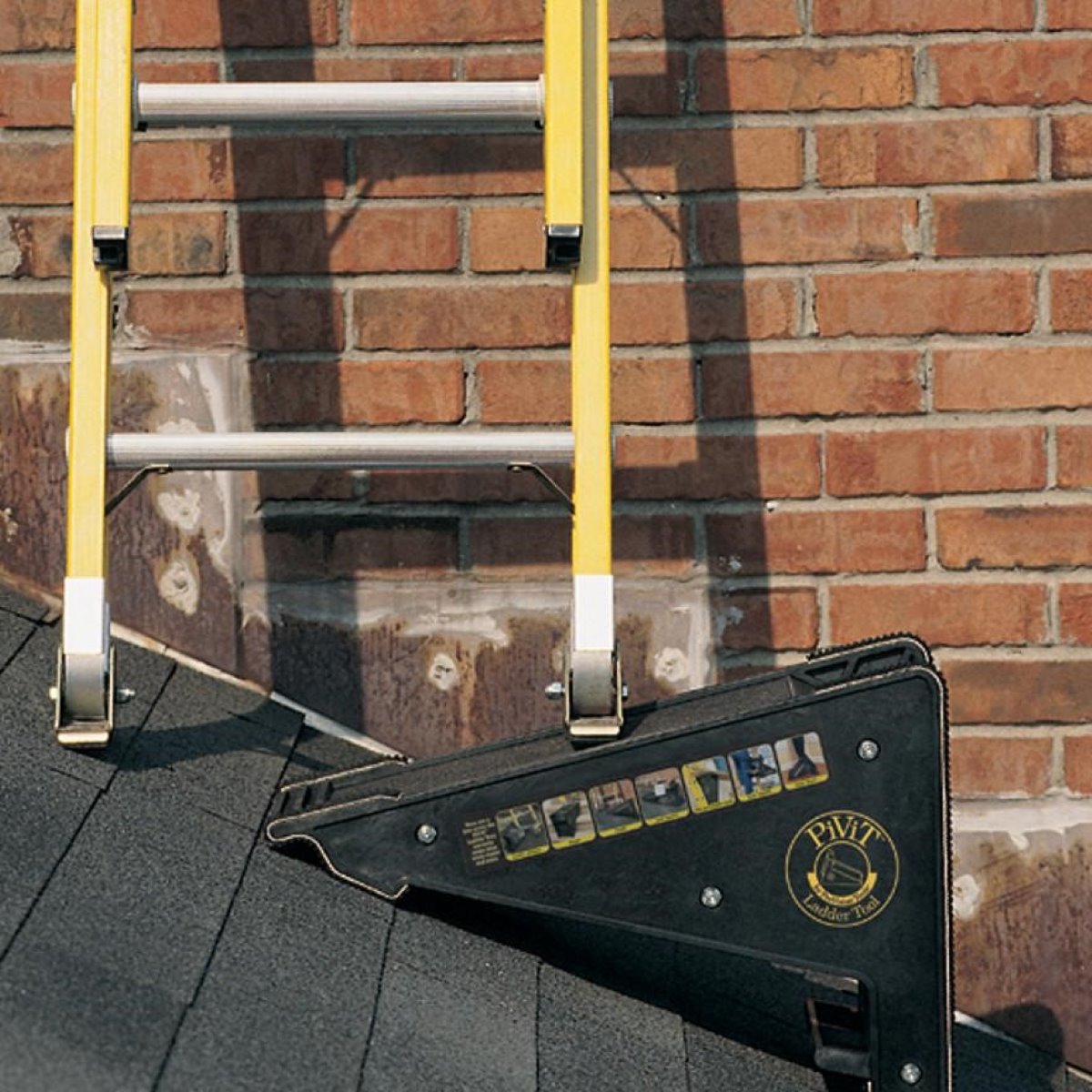
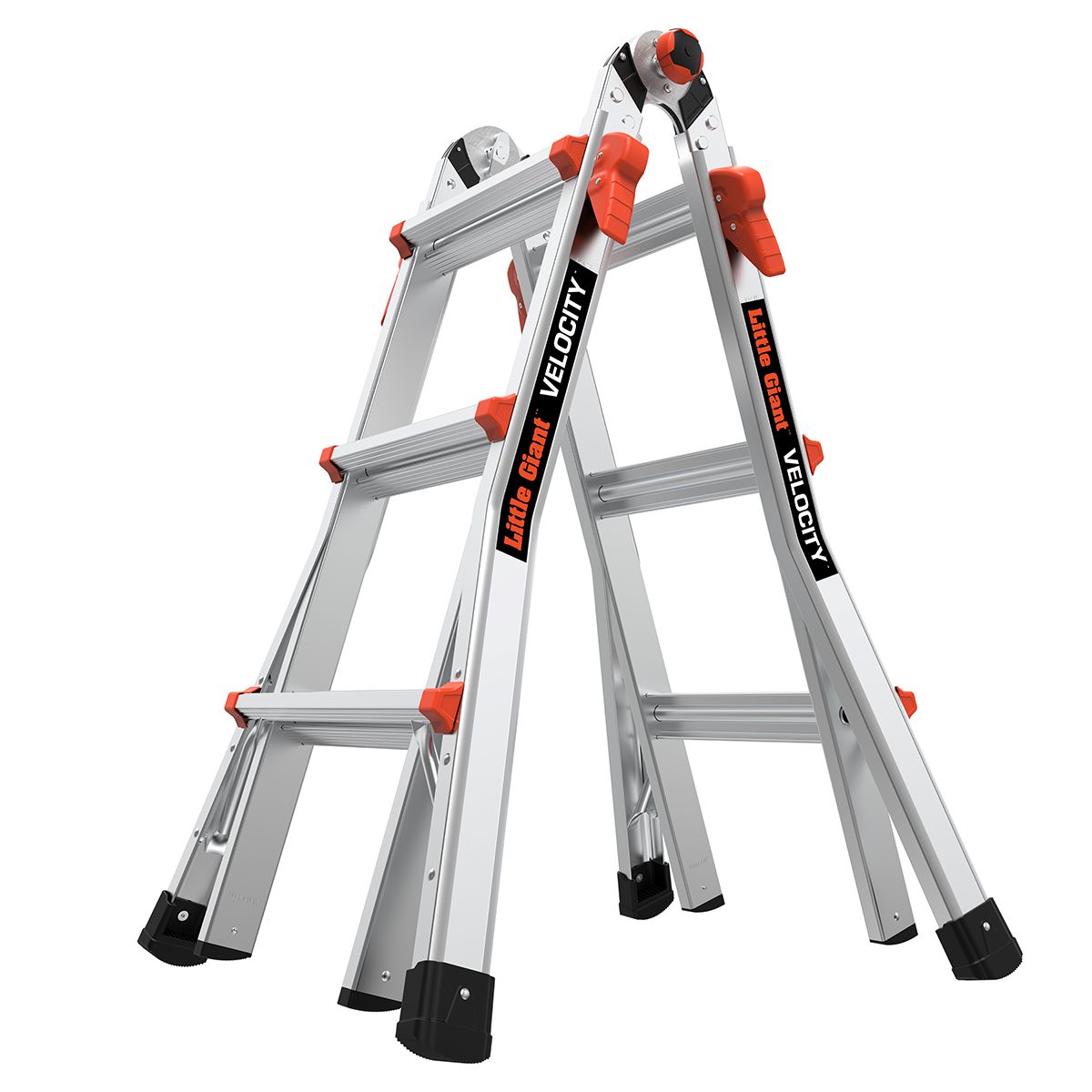



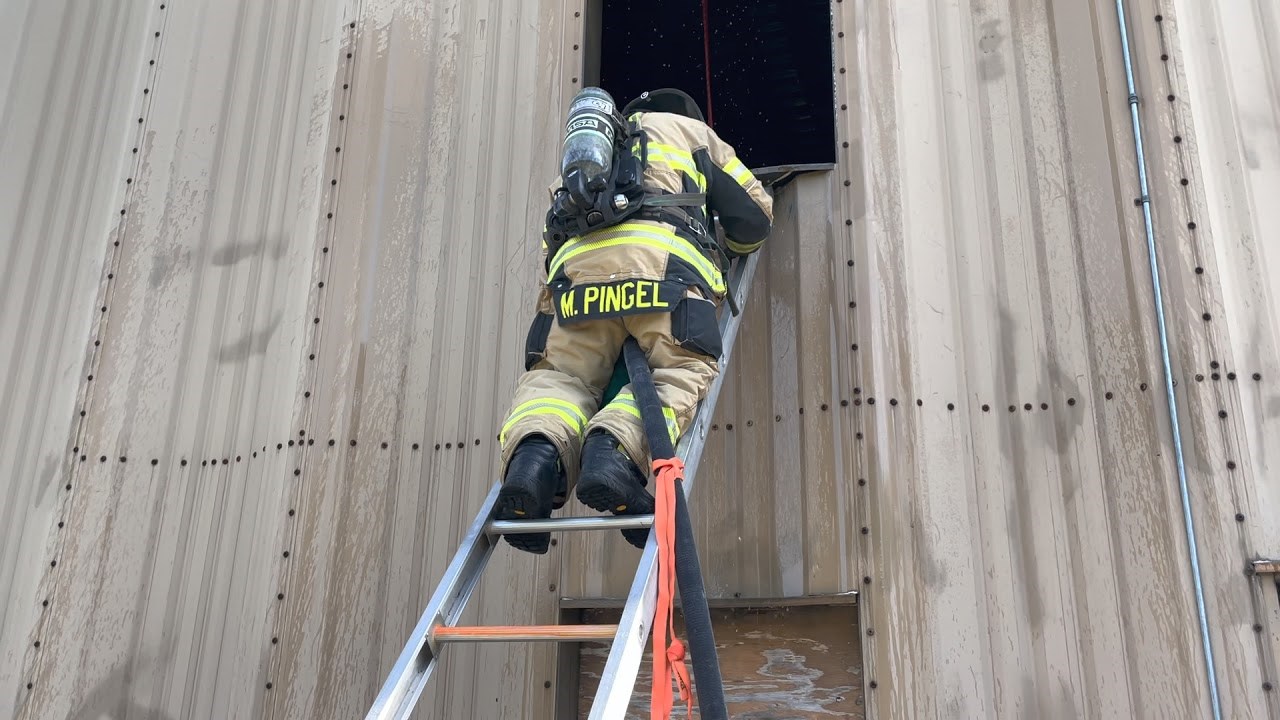
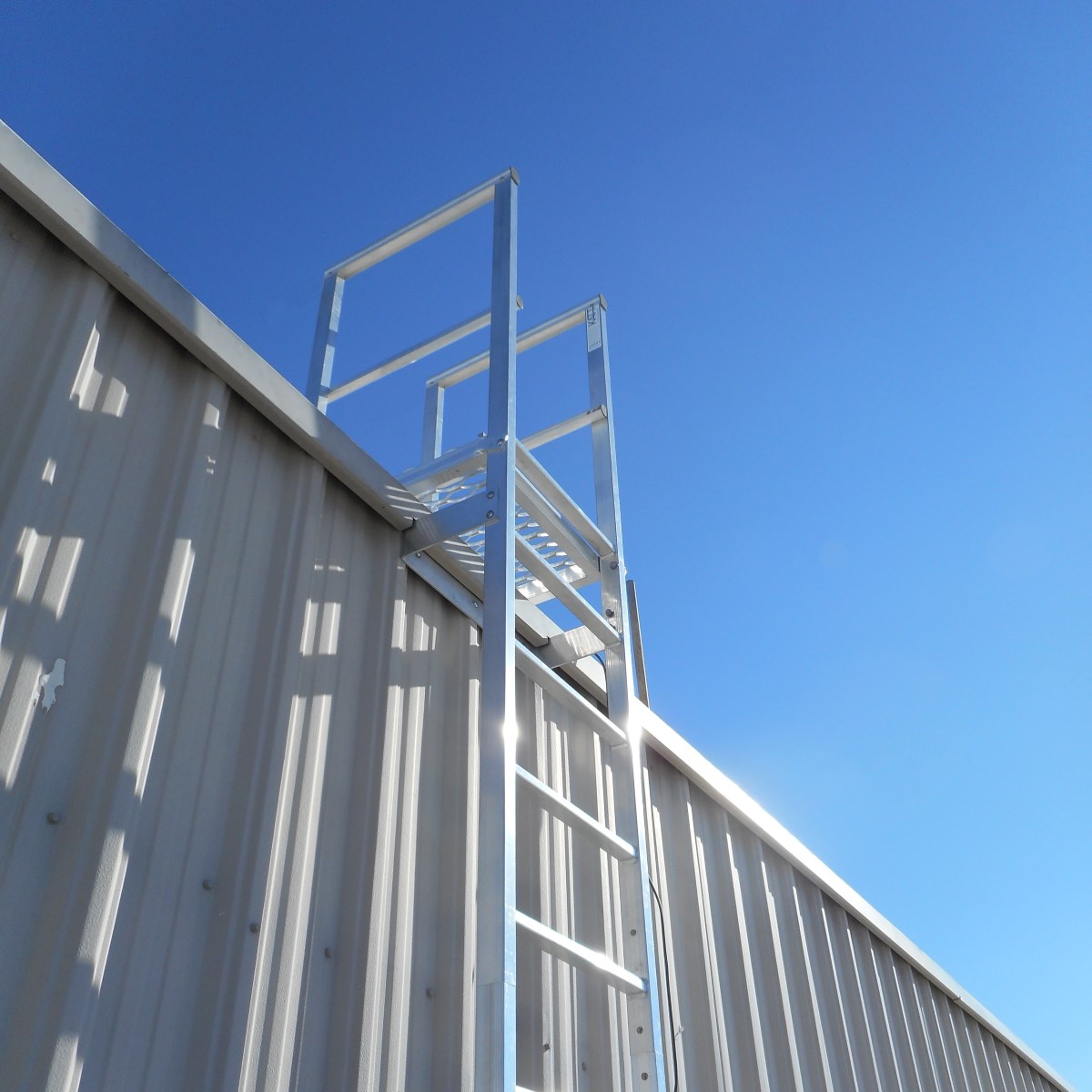
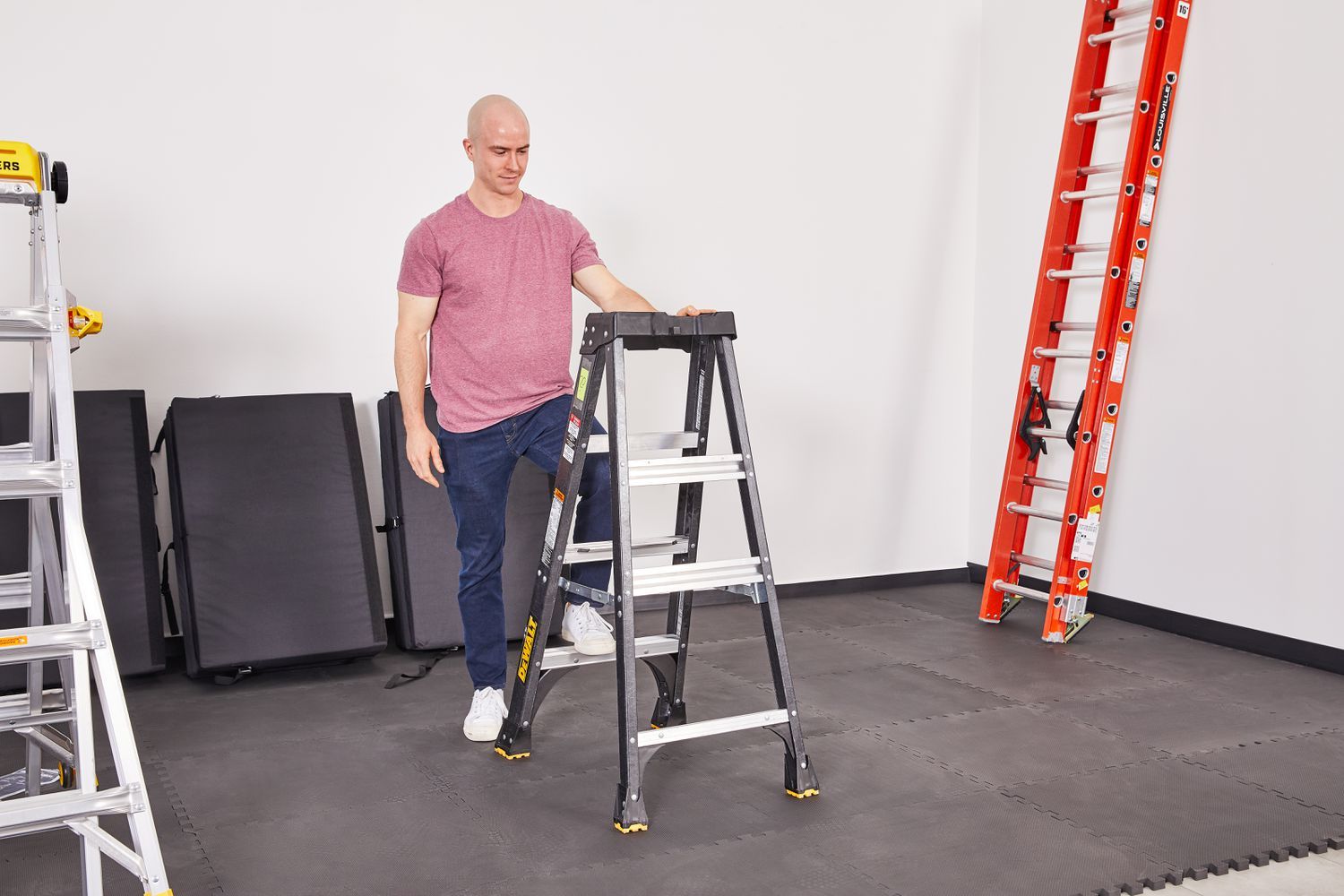
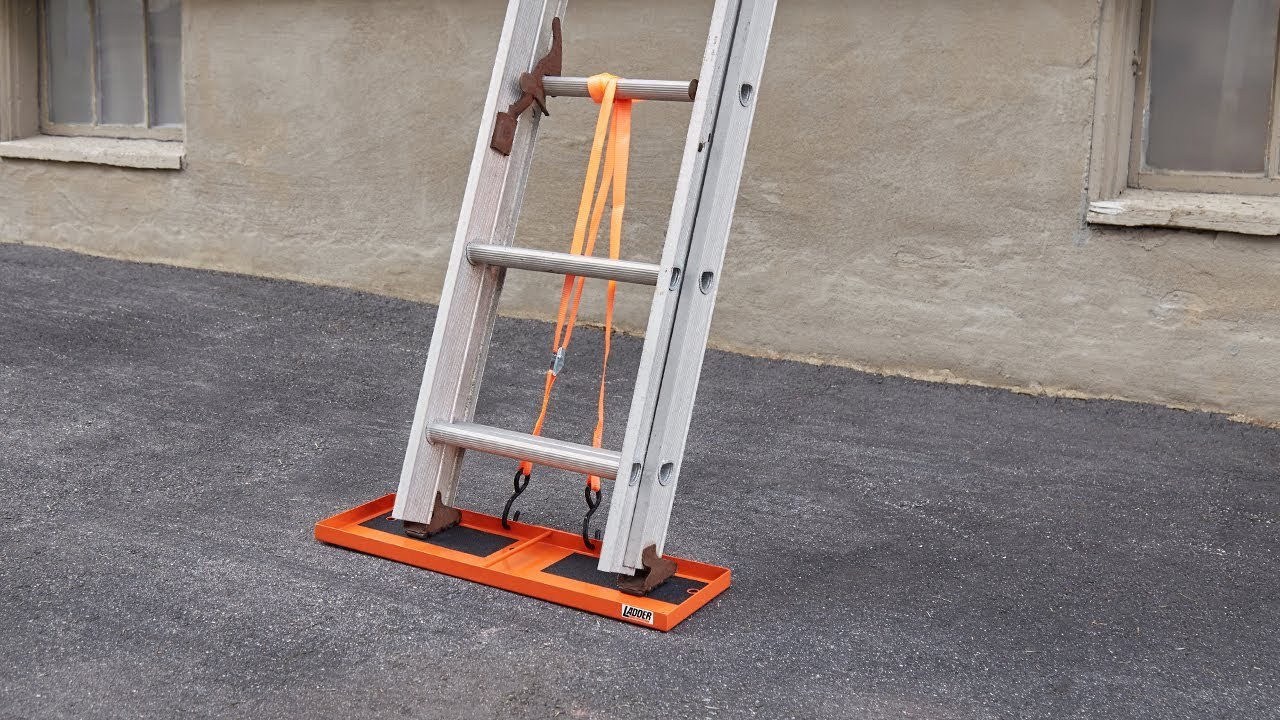
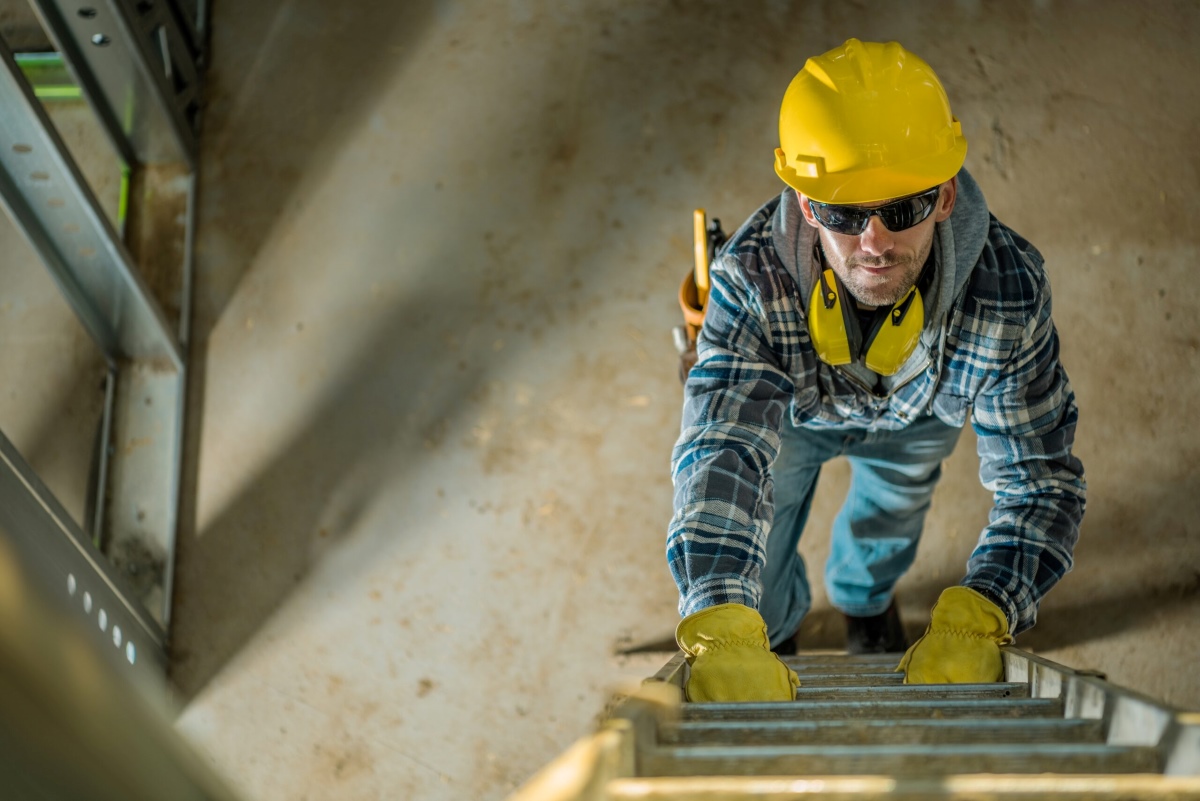
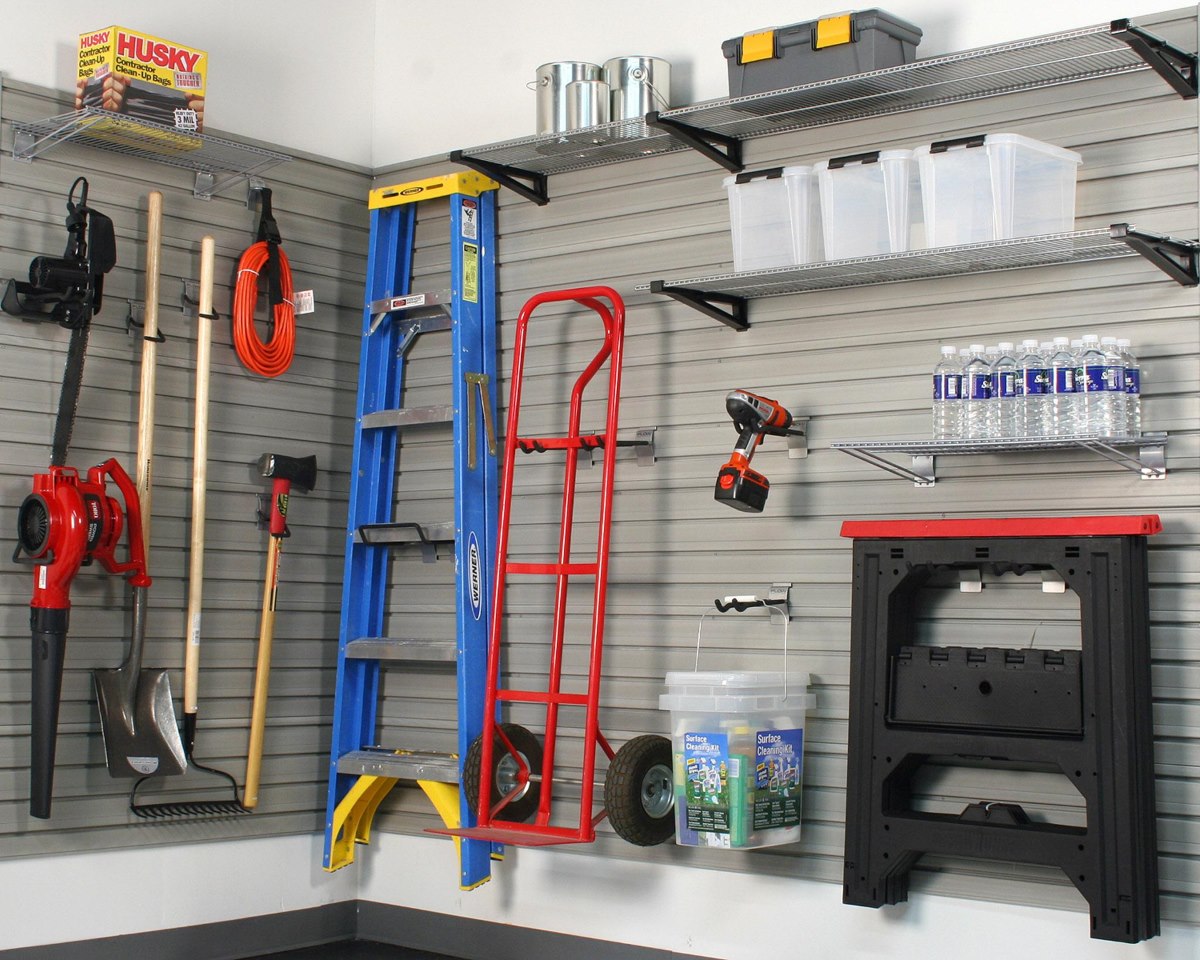
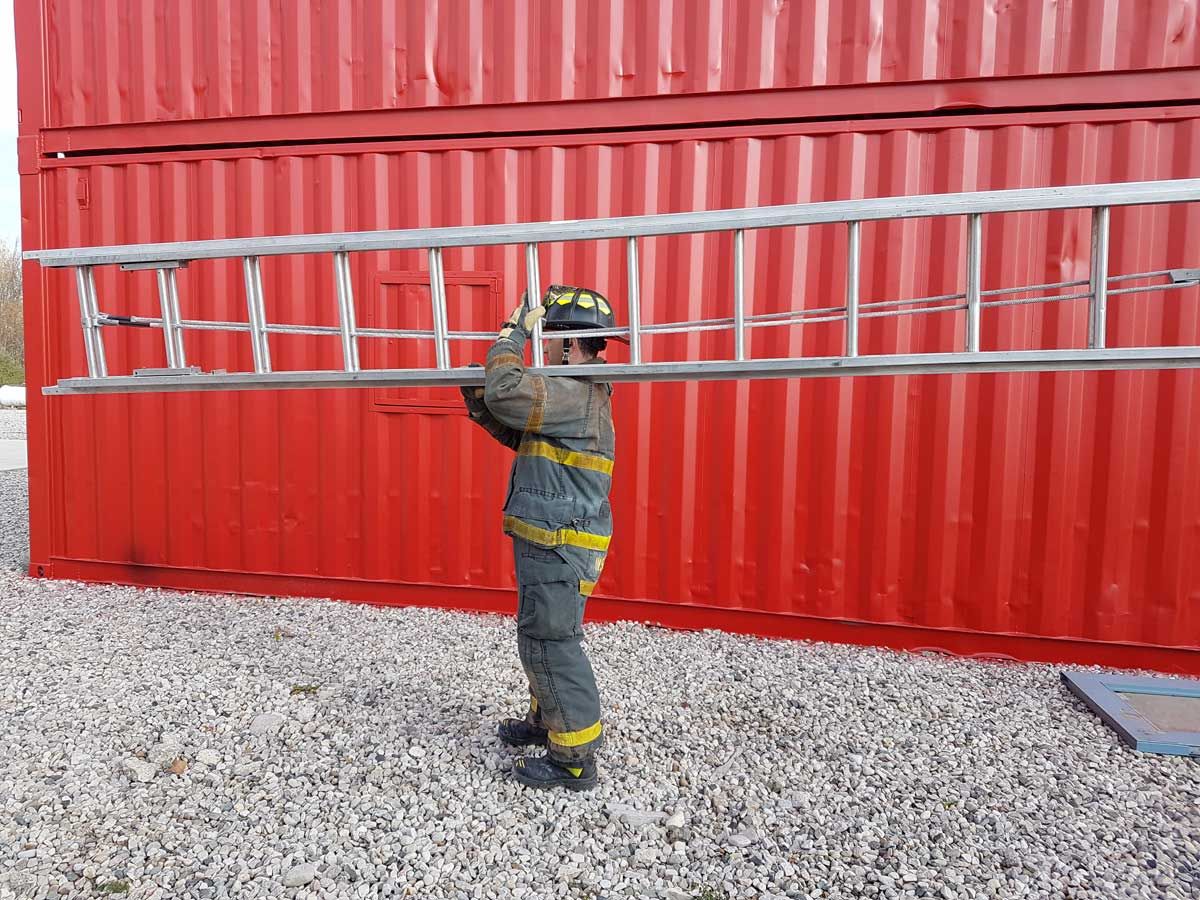

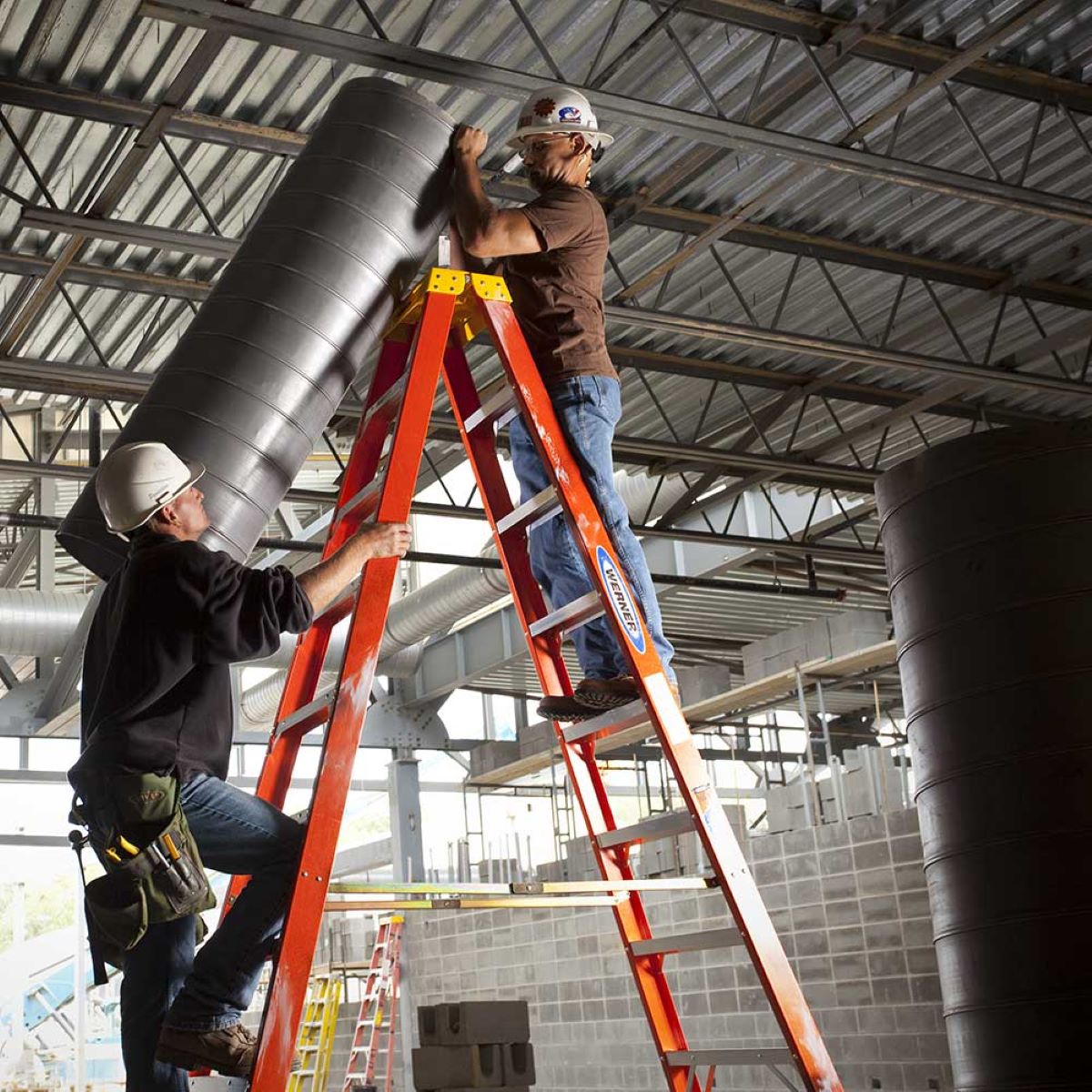

0 thoughts on “How To Set Up A Louiseville Ladder”